
organizer
Propaganda Department of the Jiangxi Provincial Committee of the Communist Party of China
Department of Culture and Tourism of Jiangxi Province
organizer
Jiangxi Painting Academy
Jiangxi Provincial Art Museum
Venue
South Hall, 2nd Floor, Jiangxi Art Museum
(266 Bayi Avenue, Nanchang City)
Preface
As an important carrier of Chinese culture, Chinese painting can best reflect the national spirit and the face of the country. The calligraphers and painters of the past dynasties in Jiangxi can be said to be famous in the world.
Since the founding of the People’s Republic of China, our province’s art workers have stepped on the land of the motherland, penetrated into the grassroots, rooted in the people, and created batches of outstanding art works with the theme of eulogizing the people and praising the beautiful mountains and rivers. These works closely follow the pulse of the times, with the changes in people's lives and mountains and rivers becoming the main line in the past 70 years, showing the pace of social progress and the spiritual outlook of the people in different periods. Looking back on the history of Chinese painting since 1949, it has experienced a process from transformation to development, and from inheritance to innovation. In the course of this historical development, the older generation of Chinese painting painters in our province have created many masterpieces that remain in the art history of New China with their outstanding talents and wisdom, strong sense of mission and responsibility, and promoted the development of traditional Chinese painting in New China. development of.
The "70 Years of Hanmo·Jiangxi Painting-The Seventh Jiangxi Art Festival Chinese Painting Exhibition" hosted by the Propaganda Department of the Provincial Party Committee and the Provincial Department of Culture and Tourism recorded and demonstrated the social development and mountains and rivers of our province in the form of Chinese paintings. Scenery, including economic, political, cultural, social, ecological civilization and other aspects of the achievements, to present the 70th anniversary of the founding of New China. The exhibition adopts a combination of invitation creation and public solicitation to mobilize and organize outstanding artists in our province to create and launch a batch of thematic Chinese painting works. With the great achievements of our province's socialist construction and the great changes in social life, the people are moving forward. The main content is the spiritual outlook of the book, which is centered around the old Zengzhi, Ode to Red Earth, Huajianling, Jiangshan Fu, Jinzhaoji and other sections. The exhibited works include a total of 126 works by Jiangxi artists or artists who have worked and lived in Jiangxi, representing the new height of Chinese painting creation in our province since the founding of New China 70 years ago.
Looking back on the path, do not forget the original intention, and face the future with a mission in mind.
We are currently in a magnificent new era of socialism with Chinese characteristics. Pen and ink are the times, and Chinese painting is deeply in line with emotions, life and the times in terms of shape, ink and artistic conception, and has created a spiritual atmosphere created for the times. Traditional Chinese paintings in the process of inheritance and innovation will surely radiate fresh vitality through continuous exploration. I sincerely wish that the vast number of art workers in our province, especially the young and middle-aged painters, can more consciously inherit the excellent Chinese traditional culture, adhere to the people-centered creation orientation, create for the spirit of the times, create for the heroes of the times, and create for the natural beauty of the motherland. Create for the truth, goodness and beauty of ordinary life.
Office of the Organizing Committee of the 7th Jiangxi Arts Festival
December 2019
Appreciation of some works

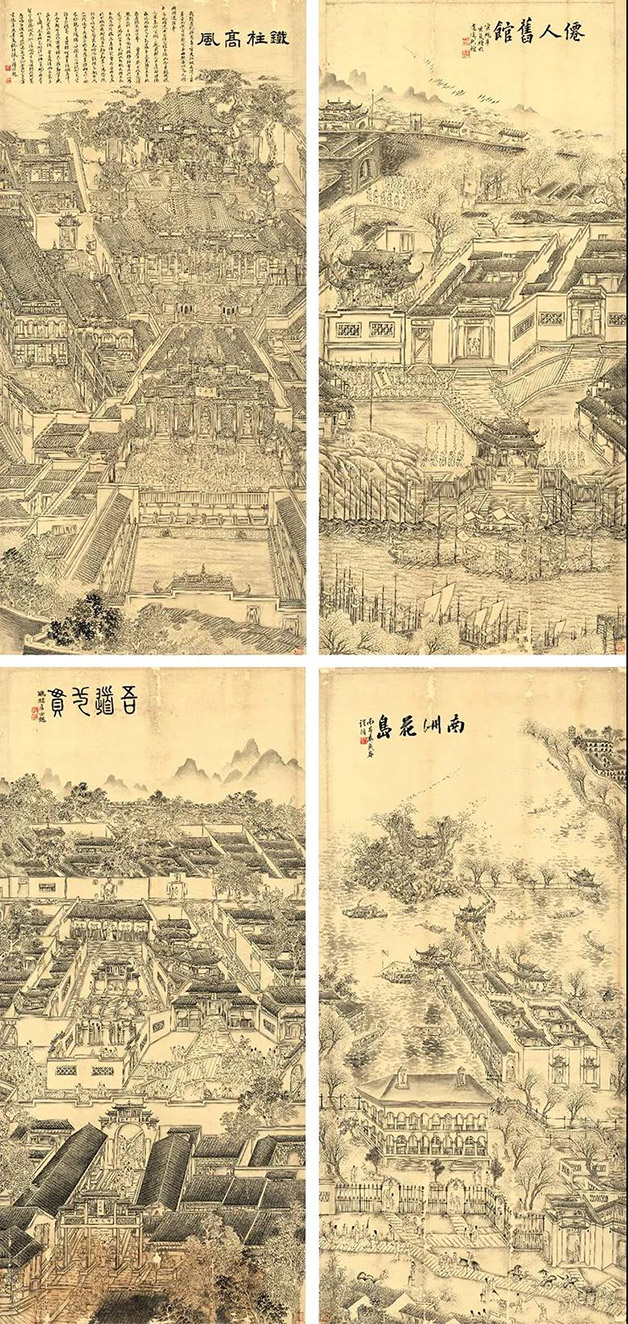
"Map of Jiangcheng Famous Sites" Yuan Daichun Zhang Yanqian
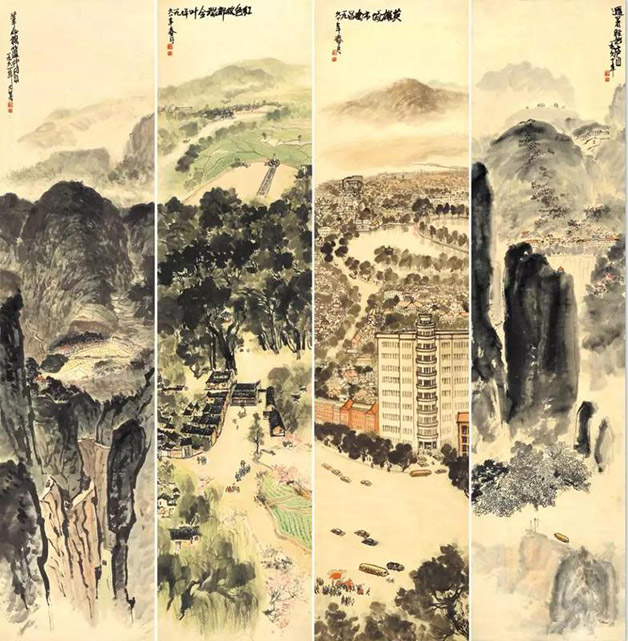
"Four Screens of Jiangxi Scenery" Yan Ming
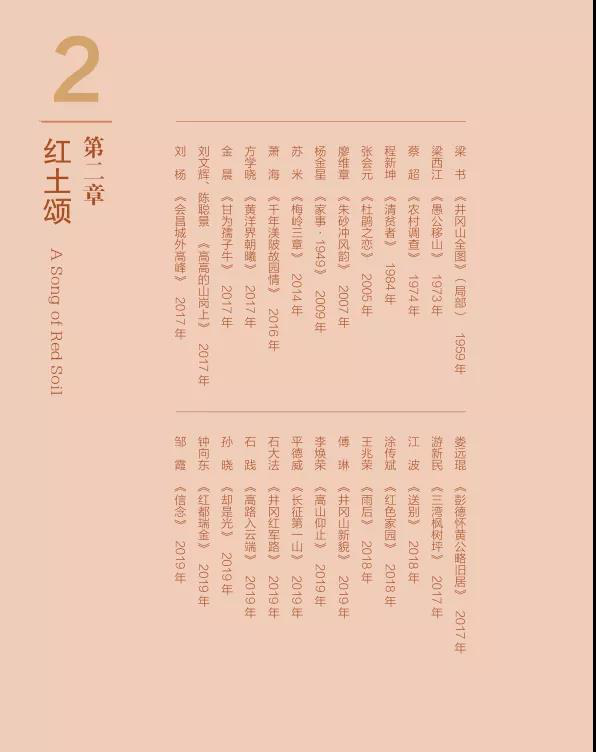

Part of "The Complete Map of Jinggangshan" Liang Shu
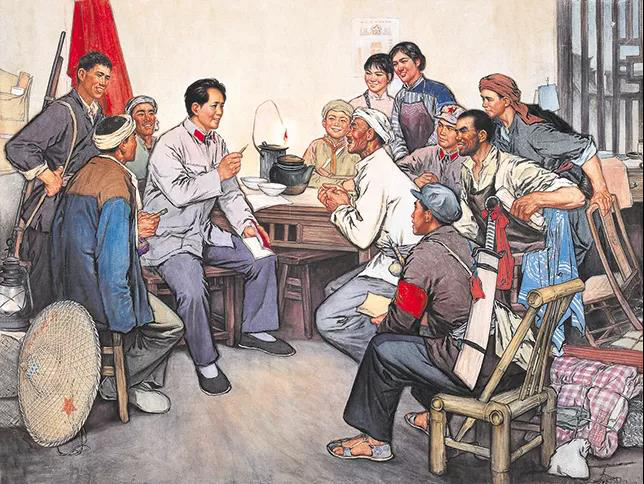
"Rural Survey" Cai Chao



"Innocent Family Style" Duan Ming
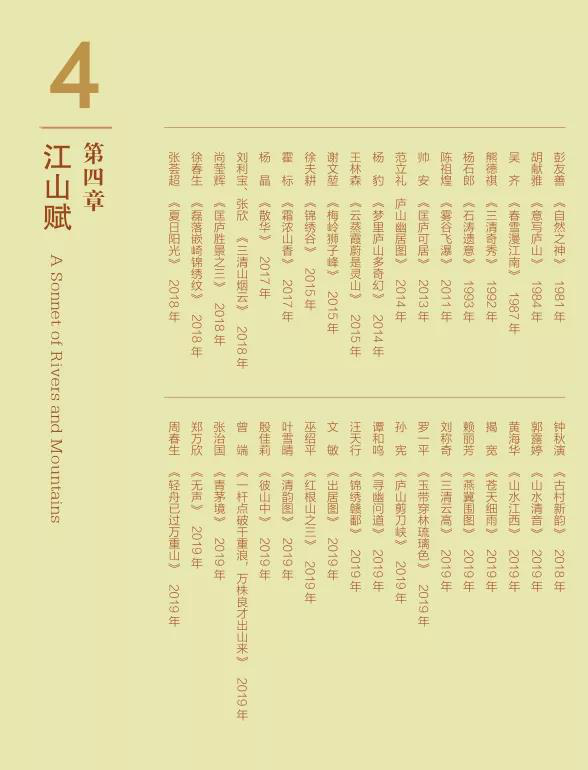

"God of Nature" Peng Youshan
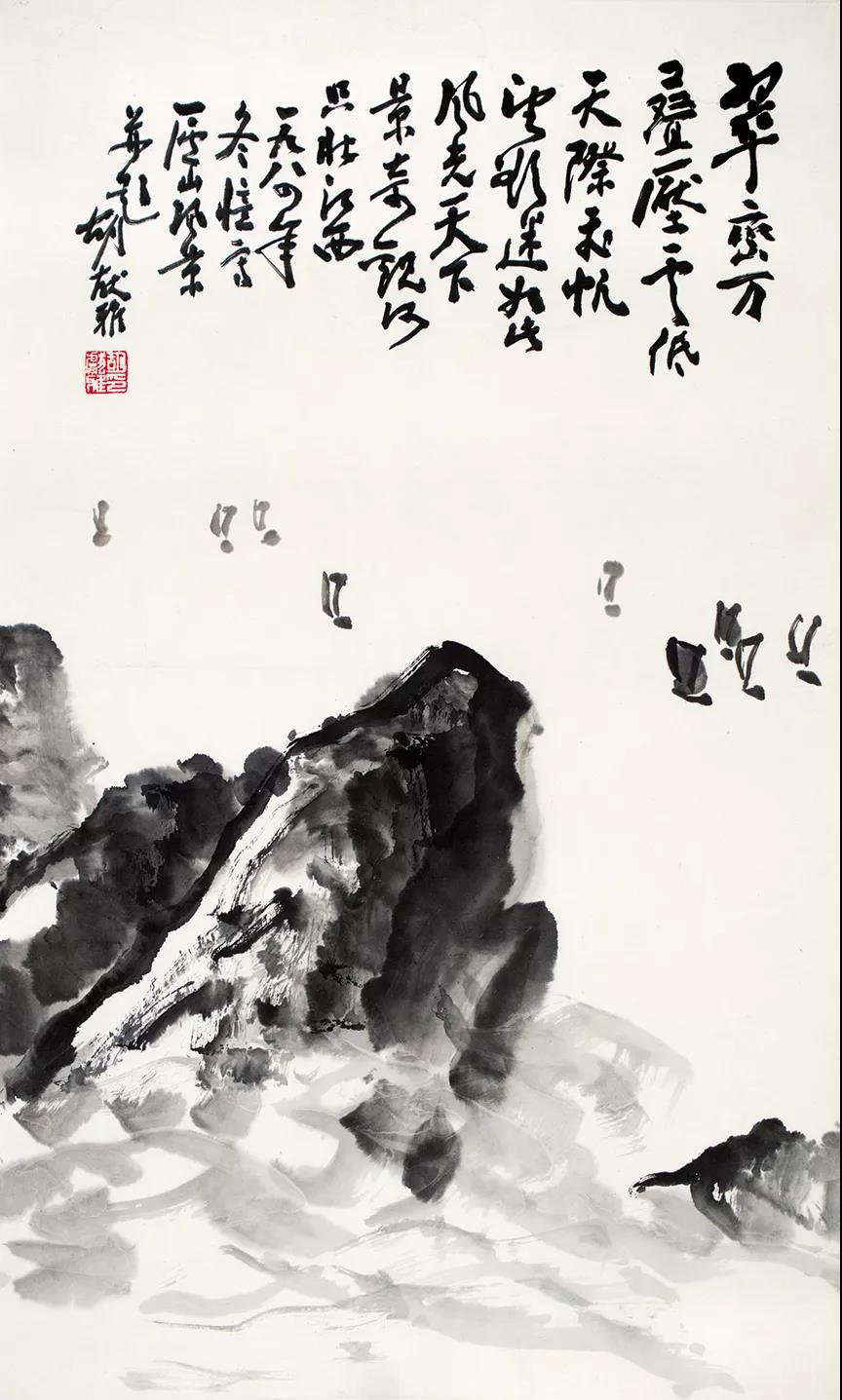
"Description of Lushan" Hu Xianya
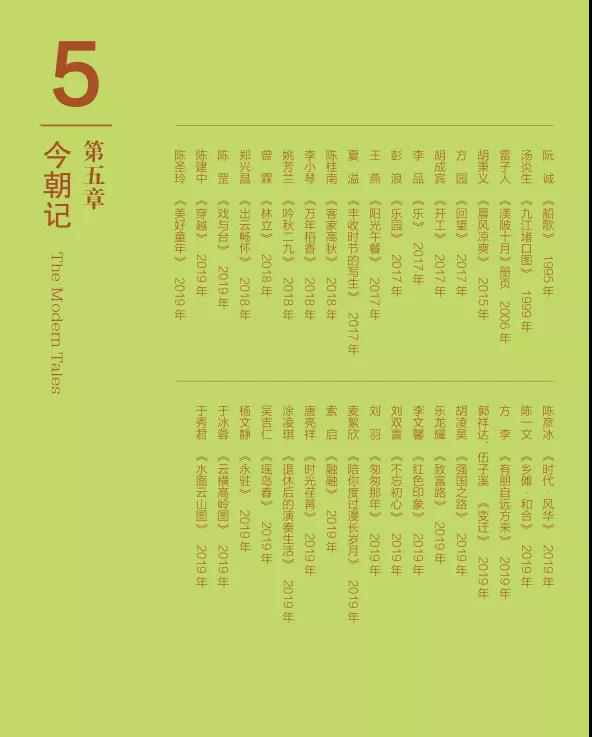

"Ship Song" Ruan Cheng

"Jiujiang Blocking the Mouth Picture"
Tang Yansheng
Image as a Narrative—Jiangxi in 70 Years of Chinese Painting
Curator Lei Ziren
Understanding the quality of traditional Chinese painting painting seems to be a profession, but it may also be just a representation. The reason why ordinary people and “non-professionals” are keen to find details and tell stories in paintings is nothing to many traditional works. Influencing its significance as a classic, those seemingly profound rhetoric, such as pen and ink, interest, style, etc., are not necessarily opposed to the "common people topic" that may be related to the picture. In fact, the research perspective of contemporary art history is gradually turning to some The hidden or inadvertent places called "clues" are used to illustrate the history. Researchers are also paying more and more attention to the narrative logic behind the technical terms or rules of painting, in order to prove that there may be thousands of threads inside and outside the painting. Wanwi's connection. As far as history is concerned, the propositions of how a painting is produced, why it is produced, and what it is produced are related to each other, and they are not necessarily questions of the same latitude. For the painter, painting is not necessarily for storytelling, but all The painting must have a story.
If you are not only limited to discussing "art" within a professional scope, and the interpretation of the "work" is handed over to the public, "70 years of painting in Jiangxi" may have fragments related to the viewer's personal experience, as long as you are willing Stop and stare, the images woven by time and space, and the “story” in the images are equally possible to answer what “art” is, and to explore the relationship between the artwork and the corresponding era. This is what we use It seems that the professional term "image as narrative" is the academic starting point for organizing this exhibition.
Sorting out the achievements of Jiangxi's art development in the past 70 years, there is no doubt that "Chinese painting" is only one part of it. Similarly, the sorting out and research of the achievements in the development of Jiangxi Chinese painting in the 70 years can also be in other dimensions. "Jiangxi in Painting" aims to remind We look at Jiangxi from the painting.
"Jiangxi's scenery is unique"-not only the geography such as famous mountains and psychic fantasy, but also the rich and dense local customs. Where academies, Zen, Taoism, rice cultivation, merchants, bronzes, ceramics, Nuo noodles, geomancy, traditional Chinese medicine, tea culture, etc. are presented in multiple dimensions, which have been dazzling since ancient times; wherever the "Jiangnan" can remember civilization or poetry, How can it be a "good" word! "Duhao" is a poetic chant, and of course it is also a diachronic evaluation.
In the view of cultural history, Lushan Mountain can be described as a unique confirmation, but it is not an isolated case.
Since the founding of New China, "Jiangxi in Chinese Painting" has allowed people to expand their unique boundaries.
The five chapters are divided into five chapters: Old Zenghui, Ode to Red Earth, Huajianling, Jiangshan Fu, and Jinzhaoji, etc. The guide includes characters, landscapes, flowers and birds, and the themes and landscapes involved follow the narrative principle.
In the 1970s, "Jiangxi in Painting" has echoes of history, and it must have the current warmth and vitality.
- END -
开放时间:9:00-17:00 周一闭馆(法定节假日除外)
详细地址:江西省南昌市西湖区八一大道266号(八一广场西侧)
乘坐地铁1、2号线至八—广场站(5号口出站),出站后由中山路往
八—大道方向步行,至八—大道后右转(向南)行200米即到本馆
 江西省美术馆微信公众号
江西省美术馆微信公众号